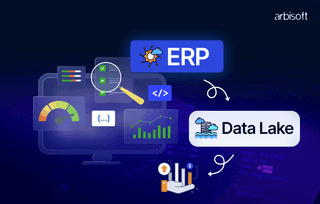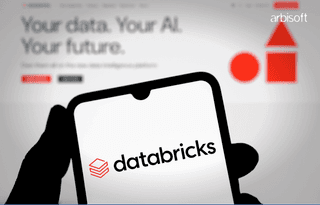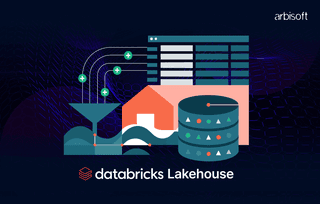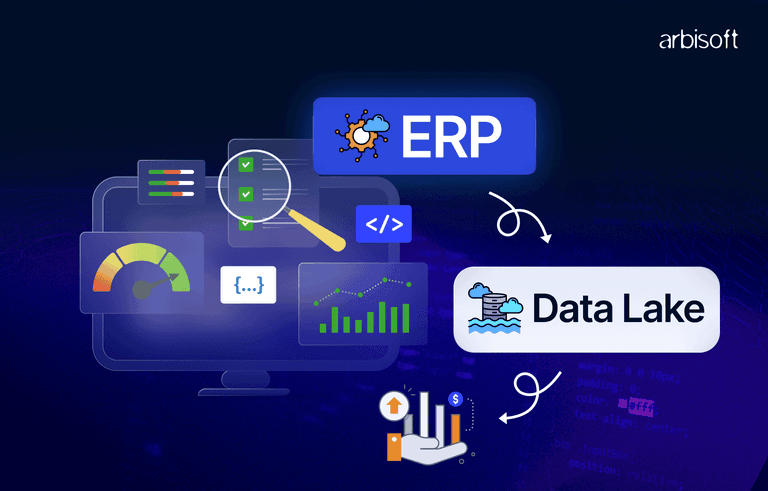We put excellence, value and quality above all - and it shows




A Technology Partnership That Goes Beyond Code

“Arbisoft has been my most trusted technology partner for now over 15 years. Arbisoft has very unique methods of recruiting and training, and the results demonstrate that. They have great teams, great positive attitudes and great communication.”
How AI Can Reduce Operational Costs Without Replacing Your Team: A Smarter, People-First Strategy
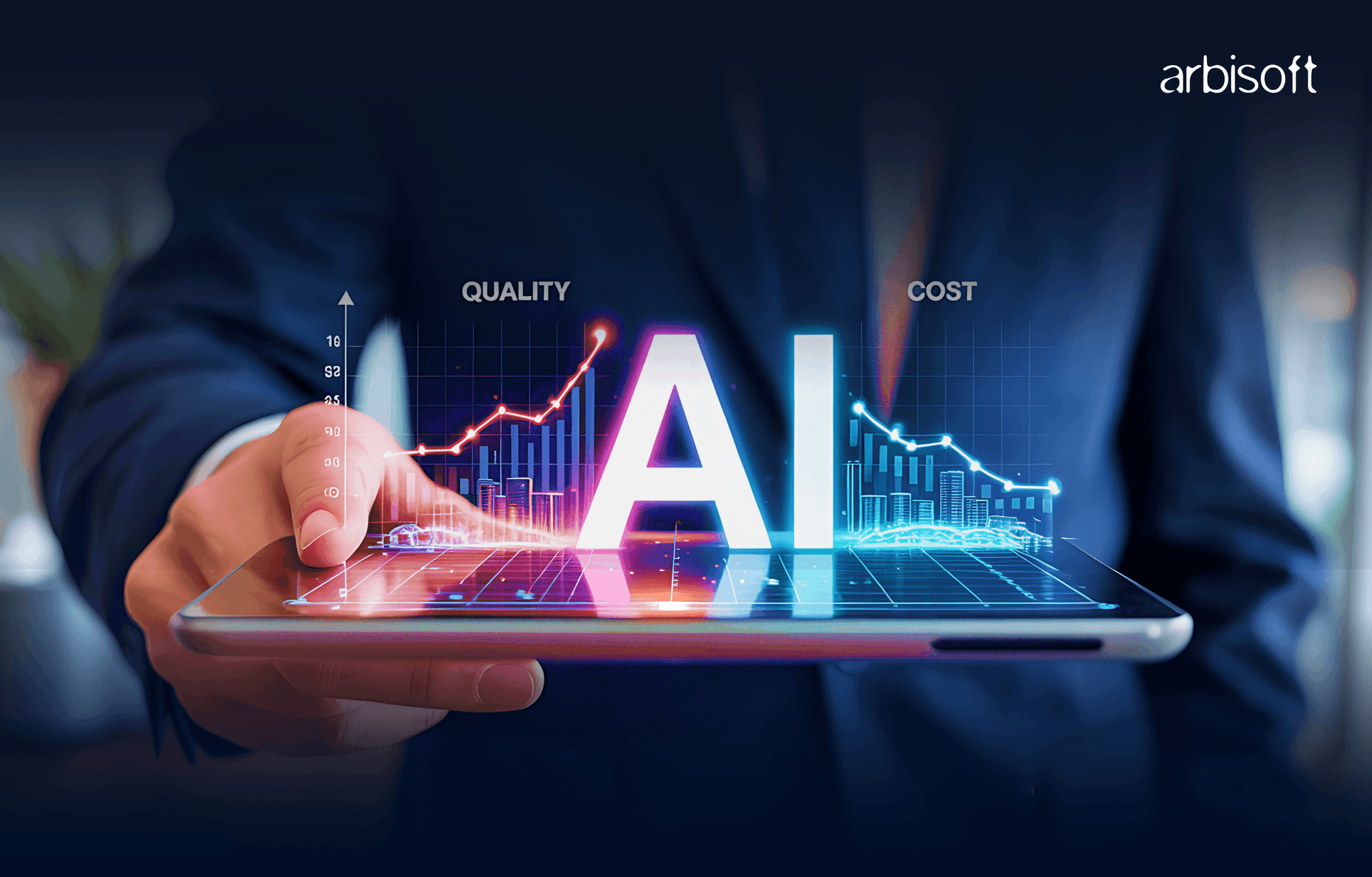
It’s a misconception that’s persisted for years: Artificial Intelligence (AI) equals job loss. But in 2025, the reality is a little more hopeful—and more strategic. Businesses are learning that AI isn’t here to replace employees—it’s here to relieve them.
In this guide, we’ll explore how businesses are slashing operational costs while keeping their teams fully intact. You’ll learn how AI supports your staff, not sidelines them, and why the smart money is on companies that combine human intelligence with artificial intelligence to thrive.
Let’s start with what’s at stake—and why this matters now more than ever.
Why Reducing Costs Is a Top Priority
Every company, no matter the size, wants to improve efficiency. Operational costs—from administrative labor to logistics, overhead, and workflow inefficiencies—can quietly eat away at your margins.
A 2024 report from Deloitte found that 74% of business leaders rank cost reduction as a top-three strategic priority, up from 63% in 2022. And it’s no wonder. Rising inflation, competitive global markets, and economic uncertainty are forcing companies to do more with less.
Traditionally, this meant cutting jobs or halting expansion.
But the credit goes to AI, there’s a new path: reduce costs without reducing people.
Let’s Bust the Myth: AI is not About Layoffs
AI has gained a reputation as a “job killer,” but the data tells a more nuanced story.
According to a 2023 World Economic Forum report, AI is expected to displace 85 million jobs—but also create 97 million new ones.
That’s a net gain of 12 million roles globally.
Even more interesting? The majority of companies implementing AI report using it to enhance the productivity of their existing workforce, not eliminate it.
So if you’re a leader looking to stay lean while retaining talent, AI might be your greatest ally.
Understanding Operational Costs (and Where AI Fits)
Operational costs generally fall into these categories:
- Labor and overhead
- Time spent on repetitive, low-value tasks
- Inefficient workflows and processes
- Manual data entry and outdated tools
- Delayed decisions due to data overload
These are all areas where AI can step in—not to replace workers, but to handle the work no one wants to do in the first place.
Let’s walk through how this works, area by area.
1. AI in Customer Experience: Doing More With Less
The Challenge: Customer service teams often face high volumes of repetitive inquiries—order tracking, basic troubleshooting, and refunds.
The AI Advantage: AI-powered chatbots and virtual assistants can handle simple requests instantly. Meanwhile, human agents step in for more emotional or complex cases.
Impact:
- Faster response times
- Higher customer satisfaction
- Less burnout for support reps
Stat: According to IBM, businesses using AI in customer service reduced support costs by up to 30% while improving CSAT scores.
Real-World Example:
H&M uses AI-powered customer service to handle over 80% of inquiries automatically. Agents focus on escalations and product issues—no jobs lost, just a better job focus.
2. AI in Marketing: Smarter Campaigns, Leaner Teams
The Challenge: Marketing teams spend hours on A/B testing, lead scoring, content personalization, and analytics—often manually.
The AI Advantage: AI tools can generate content ideas, personalize emails, predict customer behavior, and auto-optimize ads in real time.
Impact:
- Reduced ad spend through smarter targeting
- Faster campaign launches
- Higher lead conversions
Stat: Businesses using AI for marketing see a 41% increase in revenue per employee (Salesforce, 2024).
Example:
Coca-Cola uses AI to generate creative ad concepts and identify high-performing content across markets. Their team focuses on storytelling—AI does the rest.
3. AI in Operations: Workflow Automation
The Challenge: Managing inventory, scheduling deliveries, approving invoices—these processes are often full of delays, errors, and manual back-and-forth.
The AI Advantage: AI can monitor inventory in real-time, automate reordering, flag procurement anomalies, and streamline vendor approvals.
Impact:
- Less waste and excess stock
- Fewer manual errors
- Better vendor relationships
Stat: McKinsey reports that companies using AI in supply chain management see 15–25% reductions in operational costs.
Example:
Amazon, already known for efficiency, uses AI to forecast demand down to the zip code. This minimizes inventory and maximizes delivery speed, without expanding its workforce proportionally.
4. AI in Finance: Speed, Accuracy, and Foresight
The Challenge: Accounting teams are overburdened with reconciliations, compliance checks, and forecasting—all of which take time and risk human error.
The AI Advantage: Partnering with the best AI company enables organizations to process transactions, match invoices, flag anomalies, and generate accurate forecasts using real-time data.
Impact:
- Reduced cost of manual processing
- Lower risk of fraud and compliance issues
- Time freed up for strategic financial planning
Stat: AI can reduce invoice processing costs by up to 80% (PwC, 2022).
Example:
Siemens uses AI to detect procurement fraud and streamline financial audits, allowing finance professionals to focus on value-driven tasks.
5. AI in Human Resources: Elevating Talent Strategy
The Challenge: Recruiting, onboarding, and engagement tracking eat up valuable time. Resume screening alone can take days.
The AI Advantage: AI tools can screen applications, assess candidate video interviews, and analyze employee feedback at scale.
Impact:
- Faster, more inclusive hiring
- Improved employee engagement
- Predictive insights into retention risks
Stat: AI in HR reduces time-to-hire by up to 75% and saves over $9,000 per hire (LinkedIn, 2023).
Real-life Example:
IBM uses AI to assess internal employee fit for new roles, resulting in smarter internal mobility and fewer hiring gaps.
The Compounding Benefit: Employee Happiness + Efficiency
Let’s be clear: No one enjoys doing manual data entry or waiting weeks for a budget approval.
When you remove this grunt work:
- Employees are happier
- Attrition drops
- Creativity and collaboration go up
- Teams spend time where it actually matters
And here’s where cost savings compound. You’re not just cutting costs—you’re also improving retention, engagement, and long-term productivity.
Addressing the Elephant in the Room: Job Security
The biggest barrier to AI adoption? Fear.
Employees fear that automation equals unemployment. But when businesses clearly communicate how AI will be used—to enhance, not eliminate—trust builds.
Pro Tip: As you implement AI, involve employees in the process. Ask:
- What tasks drain their time?
- Where would automation help?
- What new skills do they want to learn?
This bottom-up approach leads to better adoption and better outcomes.
From Cost-Cutting to Value Creation
When implemented thoughtfully, AI doesn’t just help reduce operational costs. It becomes a value engine.
Here’s what that looks like in practice:
Area | Old Way (Manual) | New Way (AI-Augmented) | Cost Impact |
| Customer Support | Long wait times, high turnover | AI handles FAQs, humans resolve issues | -30% support costs |
| Marketing | Manual segmentation, testing | AI personalizes and optimizes in real-time | +25% campaign ROI |
| Finance | Manual entries and audits | AI auto-processes and flags errors | -80% processing cost |
| HR | Slow hiring, high churn | AI speeds hiring, boosts retention | -75% time-to-hire |
| Operations | Delays and overstock | AI predicts demand, automates orders | -25% inventory cost |
How to Start: A Simple AI Adoption Plan
Ready to explore AI for cost savings without layoffs? Follow this five-step approach:
- Audit – Identify time- and resource-heavy workflows
- Choose Wisely – Use proven AI tools that align with your industry
- Pilot Test – Start small (e.g., one team or department)
- Upskill – Train your workforce to work with AI, not against it
- Measure – Track ROI, time savings, and employee feedback
Some accessible tools to explore:
- Grammarly Business – AI writing assistant
- Zoho Zia – CRM assistant
- Notion AI – Smart content and note management
- UiPath – Robotic Process Automation (RPA)
- ChatGPT or Claude – General productivity and support
Conclusion: Your People Are Your Power
Cost-saving doesn’t have to mean cost-cutting in the traditional sense.
The smartest businesses in 2025 are learning that operational efficiency and team wellbeing are not mutually exclusive.
By leveraging AI solutions to take on the mundane, the repetitive, and the error-prone, you unlock the full potential of your team, while trimming the fat off your budget. This isn’t just the future of work. It’s the future of working smart.
If you’re looking to reduce costs, retain talent, and thrive in this AI-enhanced world, start by asking not, “Who can we let go?” but “What can we let go of?”
Because when you replace tasks—not people—you build a business that’s sustainable, scalable, and above all, human.








